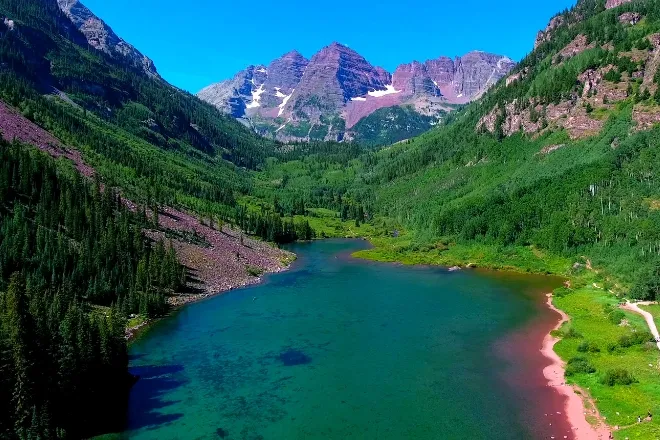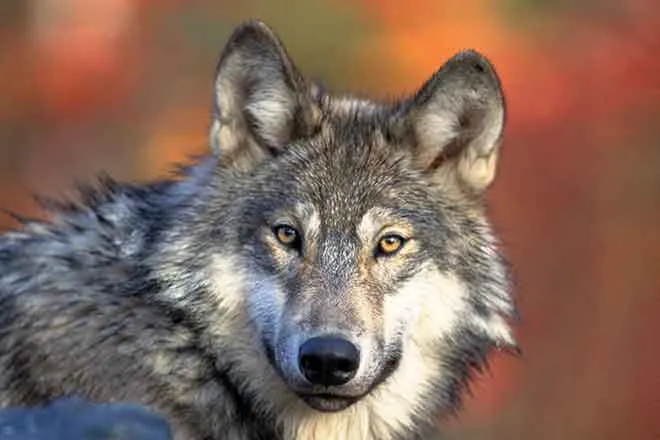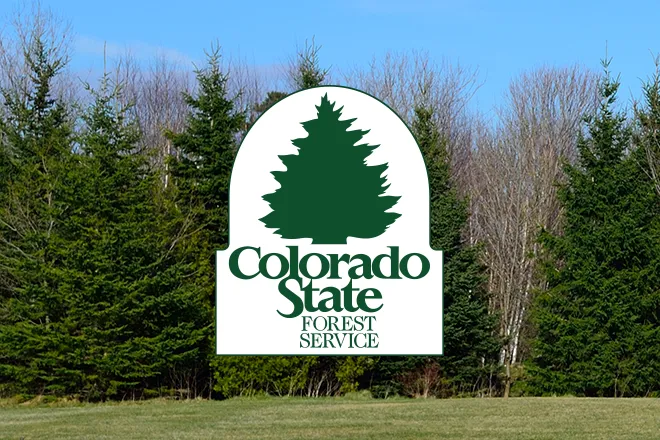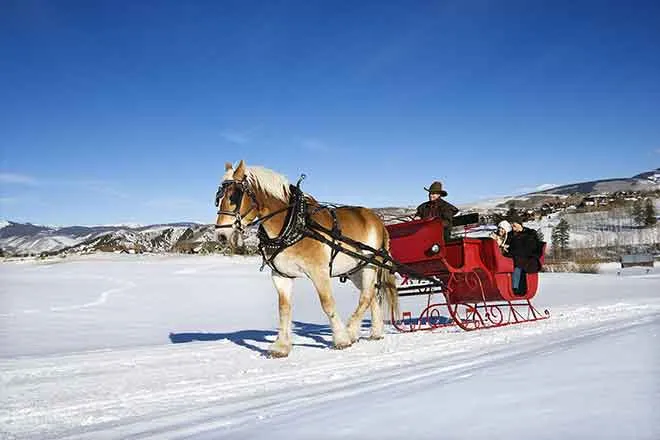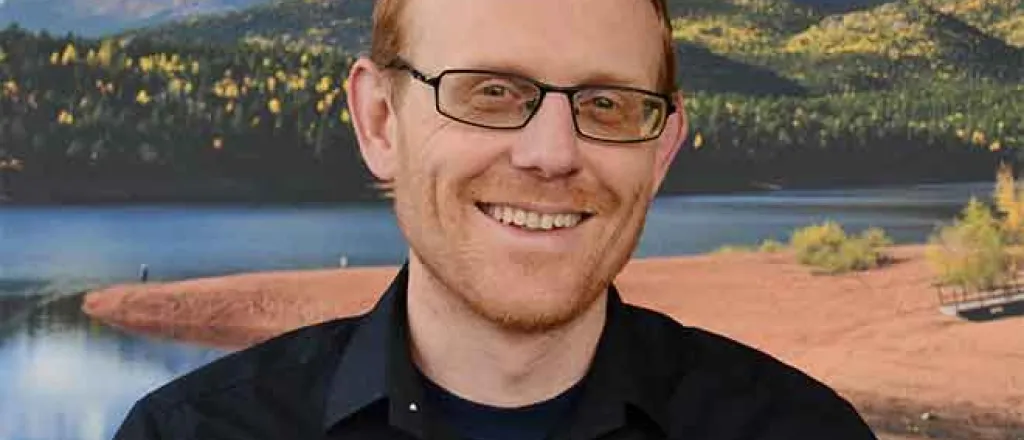
Field Notes of a Rookie Sportsman
Talk of elk urine, hunting skills as families embark on ‘life-changing’ adventure in CPW class
My daughter Natalie’s attention had drifted occasionally during the early morning hours of the Hunter Education class, but she perked up noticeably as the instructor spoke of how to mask your scent with elk urine.
A little bit of elk urine goes a long way, the class was cautioned by instructor Tim Kroening, Colorado Parks and Wildlife’s district wildlife manager covering Teller County. (That’s not the kind of lesson Natalie typically gets in her middle-school classrooms.)
Natalie focused her attention as Kroening described how to lightly spray the bottom of your boots to prevent animals from knowing you are present in the wild.
“Some guys will put it on their clothes and gear,” Kroening said. “Then they have to store their gear far away from the house. I use a light touch.”
The information was part of our introductory class as members of the 2019 Rookie Sportsman Program offered by Area 14 of CPW’s Southeast Region in Colorado Springs. About 35 people – mostly families selected from dozens of applications – make up the 2019 RSP class.
Launched in 2015, RSP is a year-long mentorship program designed for people with little or no outdoor experience. It teaches them outdoor skills and, hopefully, inspires them to get outside and sample all the adventures available in Colorado’s great outdoors.
RSP participants are paired with CPW wildlife officers who will guide us through a wide range of outdoor activities, starting with hunter-education training, firearms handling, small and big game hunting, fly fishing, basic camping, backpacking, field dressing, meat processing and other outdoor adventures.
New to hunting and other outdoor recreation opportunities, Natalie and I are a perfect fit for RSP. Together, we hope to learn to hunt and fish and more.
At our first class, we did some ice-breaker exercises that helped us get to know the other participants in the program. I talked with other families about our favorite outdoor experiences and why we were interested in learning how to hunt and fish. Almost everyone spoke of a desire to bond with their children in the outdoors.
One man, George, said he wants his kids to “know where food comes from, to get outdoors and get away from digital life for a little bit.”
We also met previous RSP participants, including Doughty and her daughter, Lorien, who told us what to expect in the coming year.
“It’s been life-changing,” Doughty said. “It’s changed the way we look at food … And now, when I’m out hiking, I see so many more things – like game trails and scat – that I never noticed before.”
Our class practiced firearms safety with parade rifles. We learned to treat every gun as if it’s loaded and to always keep the muzzle pointed in a safe direction. We learned to always ask if a firearm is loaded and to visibly inspect the chamber of a gun with both our eyes and fingers to ensure it is unloaded. We also learned to always tell the other person that we have a firm grip and control of the firearm so that the other person knows it is OK to let go when handling it.
After practicing a bit indoors, the wildlife officers took us outside with the parade rifles. We practiced shooting positions in the grass outside the office – going from prone, to sitting, kneeling and then standing – grateful for a little time outside in the sun. Next we practiced crossing fences, navigating steep terrain, and safe ranges of fire when crossing a pheasant field.
Then it was time to learn about personal responsibility and outdoor survival. Area 14’s Wildlife Manager Frank McGee told us the No. 1 killer of people in the outdoors is not gun-related, as some might suggest. Actually, it’s hypothermia. McGee said it is important to dress in layers and showed us the most important items to have in our first aid kits.
After McGee taught a section on laws and regulations, District Wildlife Manager Ben Meier led us through basic wildlife identification skills. We learn how to scout out an area we plan to hunt and are introduced to the Colorado Hunting Atlas on CPW’s website.
Soon it was time to take our Hunter Education test. I received my Hunter Education card a few months ago, so I watched Natalie take her test and had a few quiet moments to think about the kinds of adventures we’d soon be having together as RSP members.
There is much to learn, but the first class was fun for both of us and we are excited to see what the coming months bring.
And I thought about what Doughty said about the program being life-changing and the look of excitement in her daughter’s eyes. Natalie and I are already talking about what we’ve learned, and I expect on our next hike we’ll have very different conversations about what we’re seeing in the woods.
After the test, we went across the parking lot to CPW’s shooting range where we got our first experience with .22-caliber, bolt-action rifles. I learned that although I’m right-handed, I am left-eye dominant. So I shoot with a lefty rifle. It felt a little strange, but DWM Phil Gurule assured me it would feel normal with enough practice.
We’ve been promised plenty of practice time at the range in the months to come. We’ve learned it is important to be an accurate shot to be an ethical and responsible hunter. Our upcoming range time will be key to getting comfortable for when the time comes to go on our first hunt.
But first we will need to apply for hunting licenses and that will be the subject of our next class. You will read all about it in the April installment of “Field Notes of a Rookie Sportsman.”



